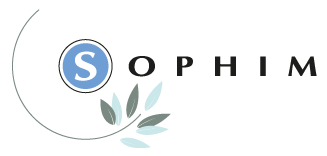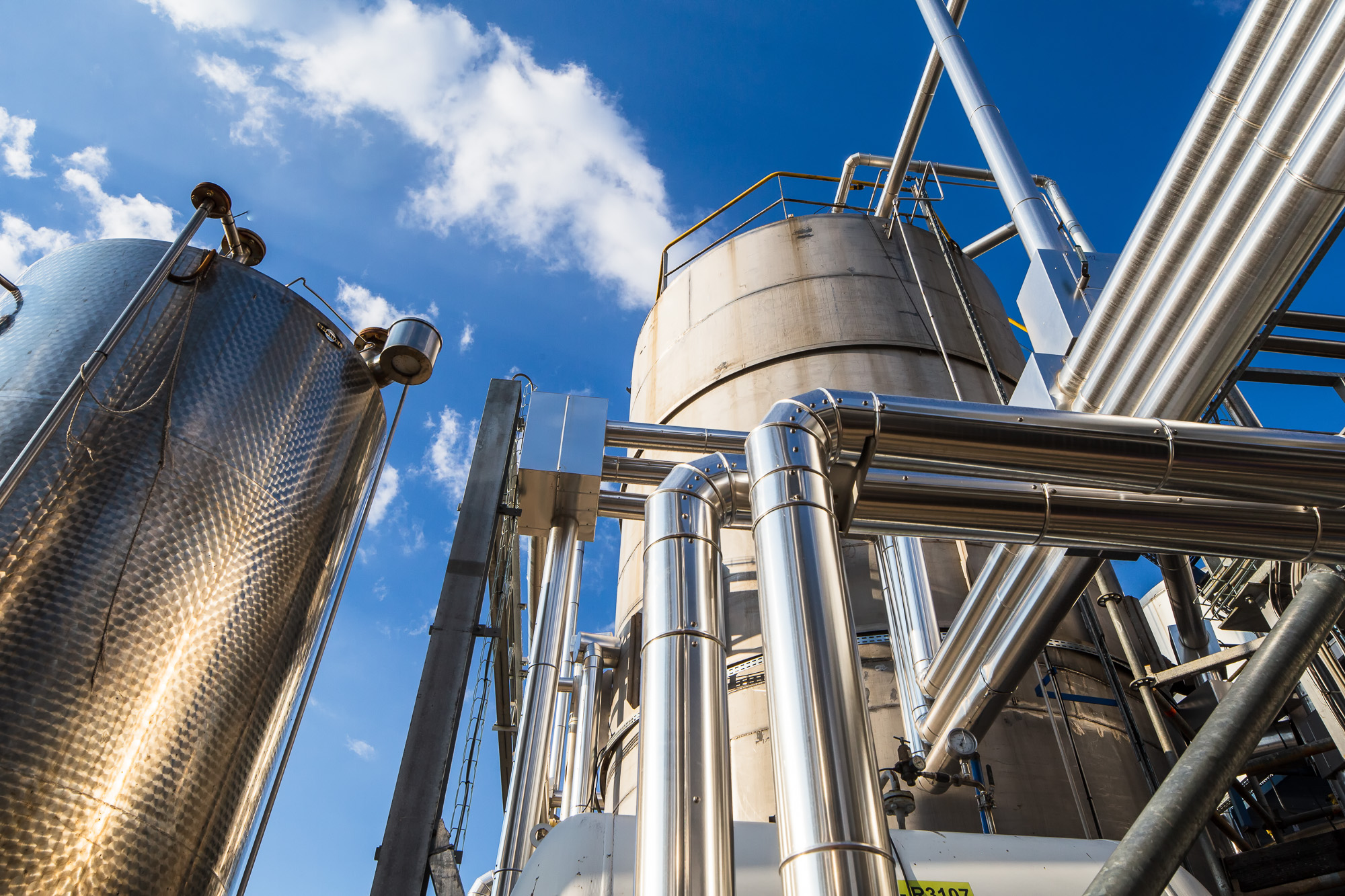Green cosmetics rely on a set of techniques, some of which have been known for millennia. This includes distillation, a practice documented as early as the 1st century AD by the Greek scholar Dioscorides. Explore the role distillation plays in the production of our natural cosmetic ingredients, particularly in the manufacturing process of Phytosqualan.
Distillation in the production of olive squalane
Squalane is a stable derivative of squalene, a molecule naturally present in many living organisms, both animal and plant. In humans, it is found in various layers of the dermis and epidermis. This emollient, with its multiple galenic applications, is a component of many beauty products (milks, serums, creams, gels, makeup, hair solutions, etc.). Valued for its non-comedogenic properties, squalane penetrates the skin and forms a non-occlusive film designed to limit moisture loss and maintain hydration.
Phytosqualan is a plant-based squalane obtained from the unsaponifiable fraction of olive oil, composed of 70% squalene. Distillation is crucial in its extraction and purification process.
The traditional distillation process to separate elements
Distillation leverages the boiling point differences of various molecules to separate them:
- A liquid mixture is heated in a specific container until at least one of the components boils and transforms into vapor, while the other components do not reach their boiling points.
- The component that boils is vaporized, transitioning from a liquid to a gaseous state.
- The vapor moves to a condenser and returns to a liquid state, in a process known as condensation.
- The condensed liquid, called distillate, is collected separately. The liquid that did not vaporize is also collected and forms the distillation residue.
- The process can be repeated to purify the distillate or separate other components from the original mixture.
This seemingly simple method has been refined over the centuries for increased precision and efficiency.
The first devices invented operated on the principle of batch distillation, like stills used for producing spirits or essential oils. The mixture is loaded once into the device, and the components are distilled. If extracting multiple molecules, temperature must be constantly adjusted, and the device reloaded after each distillation cycle.
In continuous distillation, the distillation apparatus is fed non-stop. This setup offers great precision with a constant temperature. The productivity gain is significant, as this system operates continuously, reducing energy consumption. Multiple consecutive systems working continuously can extract different components.
Vacuum distillation lowers the boiling point of the mixture by reducing pressure. This method has numerous benefits: it preserves quality by reducing thermal degradation, allows distillation of low-volatility products, and saves energy…
This process, which appears very simple at first glance, has been refined over the centuries to become more precise and efficient.
A highly technological distillation process
Our raw material, upcycled from refining olive oil, consists of 90% saponifiable compounds and 10% unsaponifiable compounds. Squalene, essential for squalane production, is found in the unsaponifiable portion.
The first step in producing Phytosqualan is the esterification process, which involves combining the saponifiable compounds with an alcohol (glycerol) to make them heavier. The resulting molecules, called triglycerides, are heavier than the unsaponifiable compounds. The esterification product thus contains new heavy elements (triglycerides) and lighter molecules (squalene, vitamin E…).
Distillation then separates the heavier triglycerides from the lighter unsaponifiable fraction, which is used to produce squalane.
At Sophim, we use the principle of continuous vacuum distillation. The esterification product feeds an industrial distillation apparatus that vaporizes molecules of interest in the production of Phytosqualan, while the heavier molecules (triglycerides, sterols, paraffins…) remain liquid. At the end of the distillation process, we obtain a distillate highly concentrated in squalene. The distillation residue consists of olive triglycerides. This by-product is utilized in other activities.
Distillation: a process compatible with green chemistry
Molecular distillation offers numerous advantages that benefit the quality of our products and our environmental commitments. The contact time at high temperature ranges from 10 to 15 seconds. This very short duration helps preserve the integrity of the molecules used in the production of plant-based squalane: the distillate obtained is of superior and consistent quality. At Sophim, we pay close attention to every step of production to provide you with cosmetic ingredients that are increasingly environmentally friendly. Molecular distillation adheres to the principles of green chemistry:
- Energy savings through a continuous and vacuum distillation process, compared to batch processes.
- An upcycling approach, with the valorization of olive triglycerides in other oleochemical sectors.
- The use of bio-based, renewable, and biodegradable reactants, products, and by-products.
A solvent-free purification process, involving non-hazardous and non-toxic raw materials.
Sophim, producers of natural cosmetic ingredients
Our emollients, texturing agents, fixing agents, and cosmetic vegetable oils are based on a rigorous selection of natural raw materials, partly sourced from the circular economy, and a continuous improvement of our production processes to reduce our environmental footprint. Discover innovative natural cosmetic ingredients, produced in France and Spain in an eco-responsible manner, with a wide range of references certified by COSMOS NATURAL, COSMOS ORGANIC, NATRUE, and HALAL. Since 1996, we have been supporting committed cosmetic brands that share our values and commitments! Are you looking for a sustainable partner to develop a range of innovative cosmetic products that are respectful of health and nature? Contact our teams by phone at (+33)4 92 33 17 17, or send us a message online in our Contact section.






